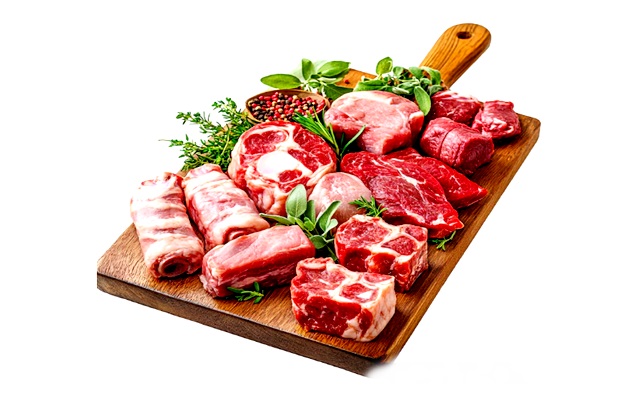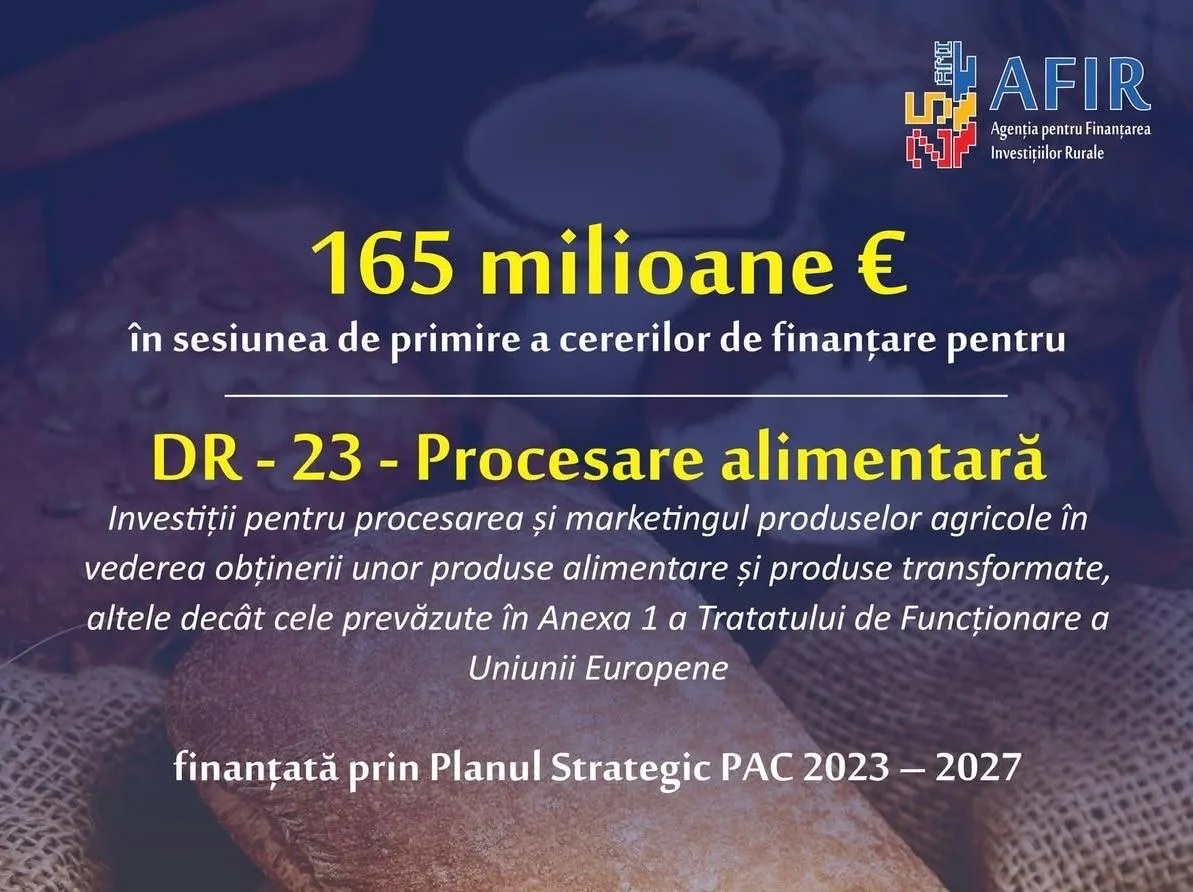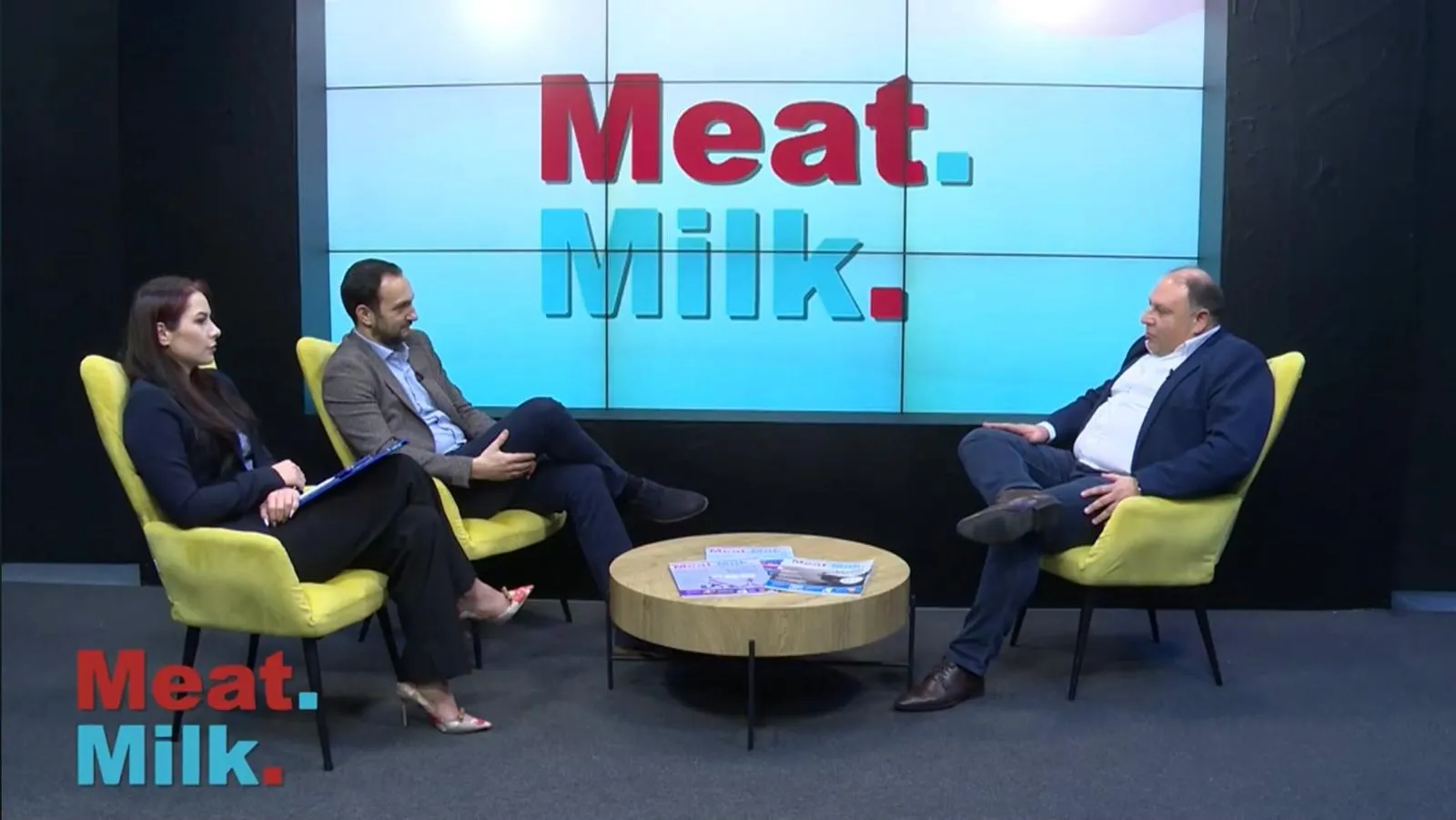
According to a recent RaboResearch report, global pork production is expected to see modest growth of less than 1% in 2025.
This forecast is supported by manageable feed grain prices and improvements in animal health, factors contributing to the stability of the global pork supply.
However, pork producers are taking a cautious and strategic approach to production expansion, considering the persistent challenges related to animal health and uncertainties in global trade.
Regional Trends in Pork Production
In 2024, pork production increased slightly in countries such as China, Brazil, and Mexico, while declines were recorded in the European Union and the United States. For 2025, regional variations in the balance between supply and demand are anticipated:
- China: Pork prices are expected to decline as production increases while demand remains stable.
- Brazil: In December 2024, live hog prices were 31% higher than in the same period the previous year, indicating a robust market.
- European Union, Japan, and the Philippines: A tighter pork supply is projected in 2025.
Pork Consumption and Market Competitiveness
In 2024, retail pork prices were lower compared to other types of meat. This trend is attributed to lower feed costs and increased productivity, making pork more competitive.
This competitiveness is expected to continue into 2025, especially given the high beef prices and strong demand for poultry.
Pork demand is expected to rise in North America and Brazil, where beef supply is limited.
In Europe, seasonal price increases may occur, while in Asia, fluctuations are anticipated, with downward pressure in China and South Korea but strong prices in Japan and Southeast Asia.
Challenges in Global Pork Trade
Mixed global import trends in 2024, with declines in China and increases in other regions, shape the outlook for 2025. The trade policies of newly elected U.S. President Donald Trump could significantly influence trade flows.
High tariffs on imports from China, Mexico, and Canada could lead to retaliatory measures affecting agricultural products, including pork.
Improving Pork Production Profitability
Market stabilization results from better-than-expected consumption trends and reduced production costs in most regions.
These factors contribute to a more optimistic outlook for pig prices and encourage producers to consider herd rebuilding.
However, producers in regions facing persistent health challenges or higher regulatory costs may experience a slower recovery.
Reducing the Carbon Footprint in Pork Production
A Rabobank study indicates that the carbon footprint of pork production in Western Europe could be reduced by at least 20% by 2030. Key strategies to achieve this goal include innovations in pig feed and manure management.
Many of the measures needed to reduce environmental impact are already available or even implemented.
Although modest global pork production growth is expected in 2025, the industry faces significant challenges, including animal health and trade uncertainties.
However, favorable production conditions and increased pork competitiveness in the global market present opportunities for producers.





